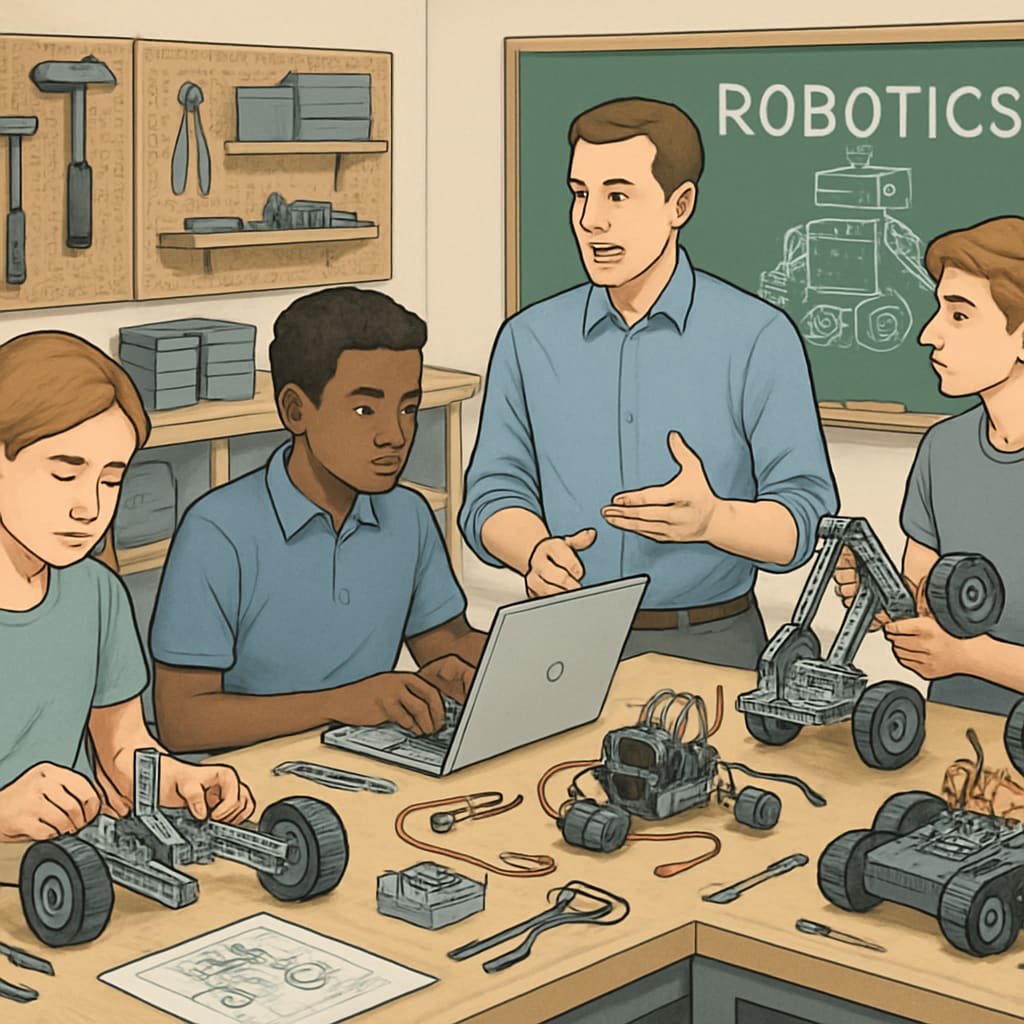In today’s rapidly evolving world, the balance between Career and Technical Education (CTE) and traditional academic subjects has become a critical focus for K12 education. School districts (学区) are increasingly tasked with creating an educational structure that prepares students not only for higher education but also for a workforce that demands specialized skills. This article examines the various implementation models for integrating CTE and traditional academics, their impact on student outcomes, and actionable strategies to achieve a balanced and future-ready education system.
Understanding CTE and Its Role in Modern Education
Career and Technical Education (CTE) focuses on equipping students with practical skills and knowledge tailored for specific industries such as healthcare, technology, and engineering. Unlike traditional academic subjects, which emphasize theoretical learning, CTE offers hands-on experiences that directly align with real-world job requirements. For example, a student interested in coding might benefit from a CTE program in software development, which combines classroom instruction with practical projects.
However, integrating CTE with traditional academics can be challenging. Concerns about diluting rigorous academic standards or creating inequitable access to resources often arise. Yet, research shows that a well-balanced approach can enhance student engagement, improve graduation rates, and increase career readiness. According to Britannica, CTE programs have demonstrated significant success in bridging the gap between education and employment by offering students practical pathways to meaningful careers.

Models for Balancing CTE and Traditional Academics
Achieving an effective balance between CTE and traditional subjects requires thoughtful planning and adaptable implementation models. Below are three commonly adopted approaches:
- Integrated Curriculum: Schools combine elements of CTE and traditional academics within the same course. For example, a science class might include lessons on environmental engineering, blending theoretical knowledge with practical applications.
- Dual Enrollment Programs: Students can enroll in both high school and community college courses, gaining academic credits while exploring technical skills.
- Project-Based Learning (PBL): This method focuses on interdisciplinary projects where students apply both academic theories and technical skills to solve real-world problems.
Each model offers unique benefits, but the key is customization. Schools must evaluate their community needs, available resources, and student demographics to select the most appropriate implementation strategy.
Steps to Build a Comprehensive Educational Structure
To create a holistic education system that balances CTE and traditional academics, school districts must take a systematic approach. Below are actionable steps:
- Assess Local Needs: Collaborate with local industries and community leaders to identify high-demand skills and align CTE programs accordingly.
- Invest in Training: Provide professional development for educators to integrate CTE into traditional subjects effectively.
- Promote Equity: Ensure all students have access to CTE programs, irrespective of socioeconomic background.
- Monitor Outcomes: Regularly track student progress and program effectiveness to make data-driven improvements.
For example, the U.S. Department of Education emphasizes the importance of equity in CTE programs, as highlighted in their recent reports. Schools that prioritize inclusivity not only achieve better outcomes but also foster a culture of lifelong learning.

The Future of K12 Education: Bridging CTE and Academics
The future of K12 education lies in its ability to prepare students for a dual pathway—academic excellence and workforce readiness. By integrating CTE into the broader educational structure, schools can help students discover their passions, gain practical experience, and achieve long-term success. The balance between traditional academics and CTE isn’t just a strategy; it’s a necessity for a rapidly changing world.
As school districts and educators continue to innovate, collaboration will be the cornerstone of success. Whether through partnerships with local industries, investments in technology, or tailored curriculum design, the goal remains clear: equipping every student with the tools they need to thrive in an increasingly complex world.
Readability guidance: The article uses concise paragraphs, lists, and headers to enhance readability. Active voice and transition words are employed throughout to ensure clarity and flow.


